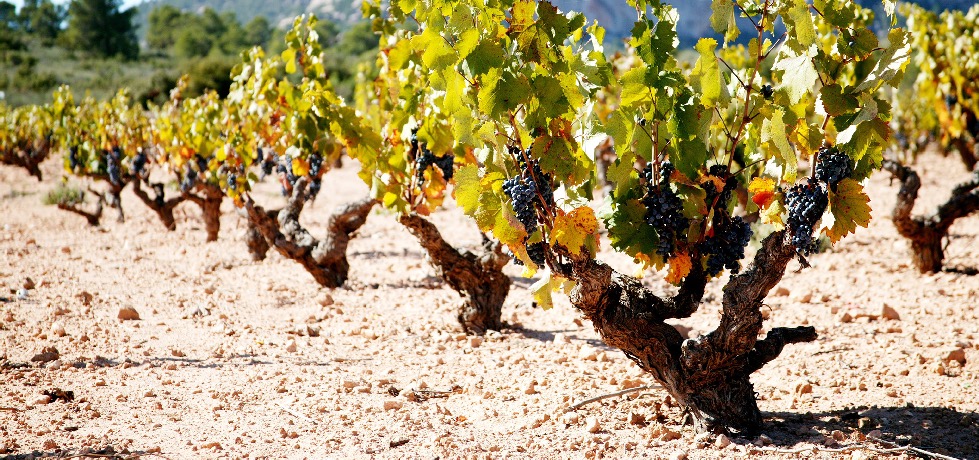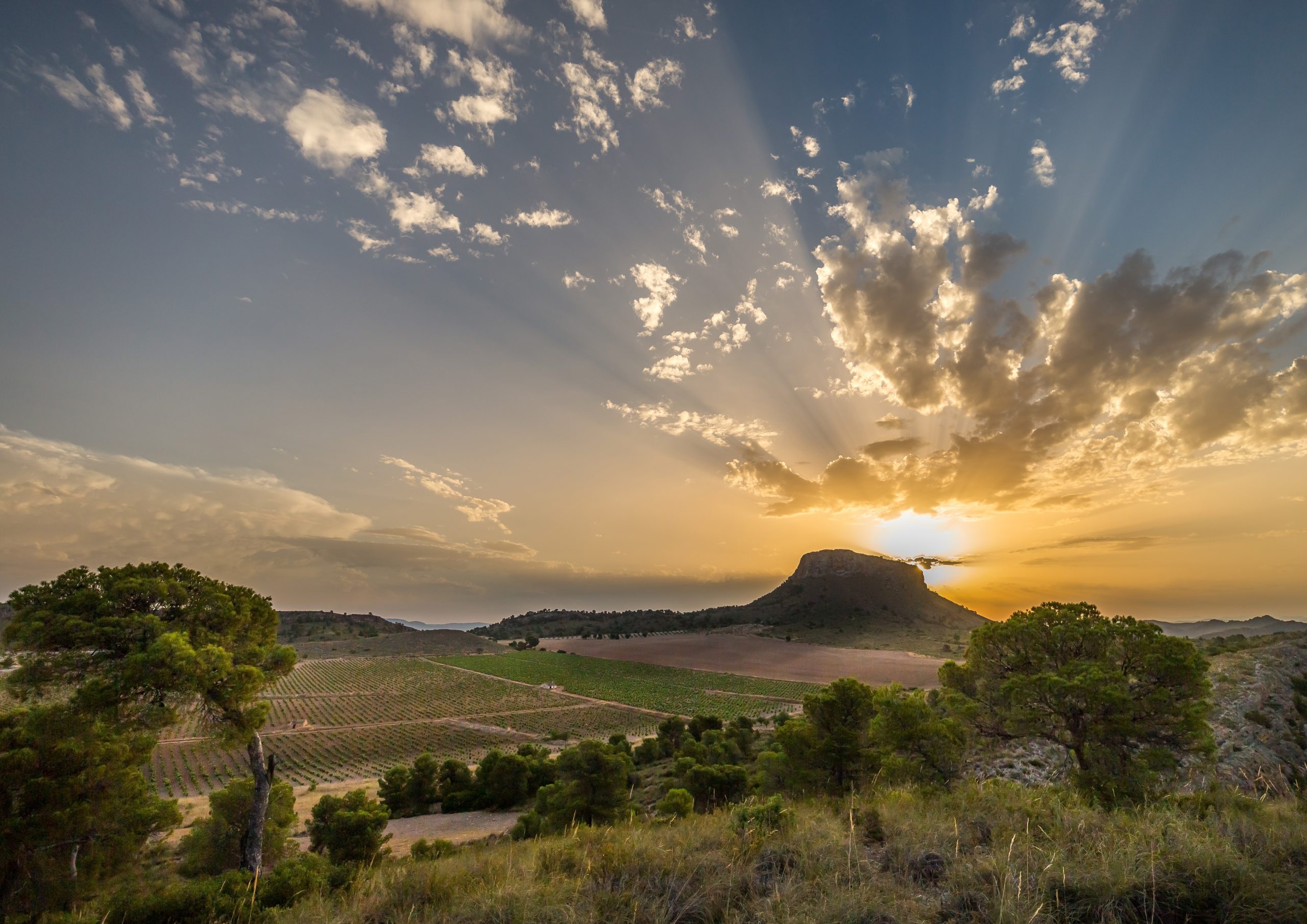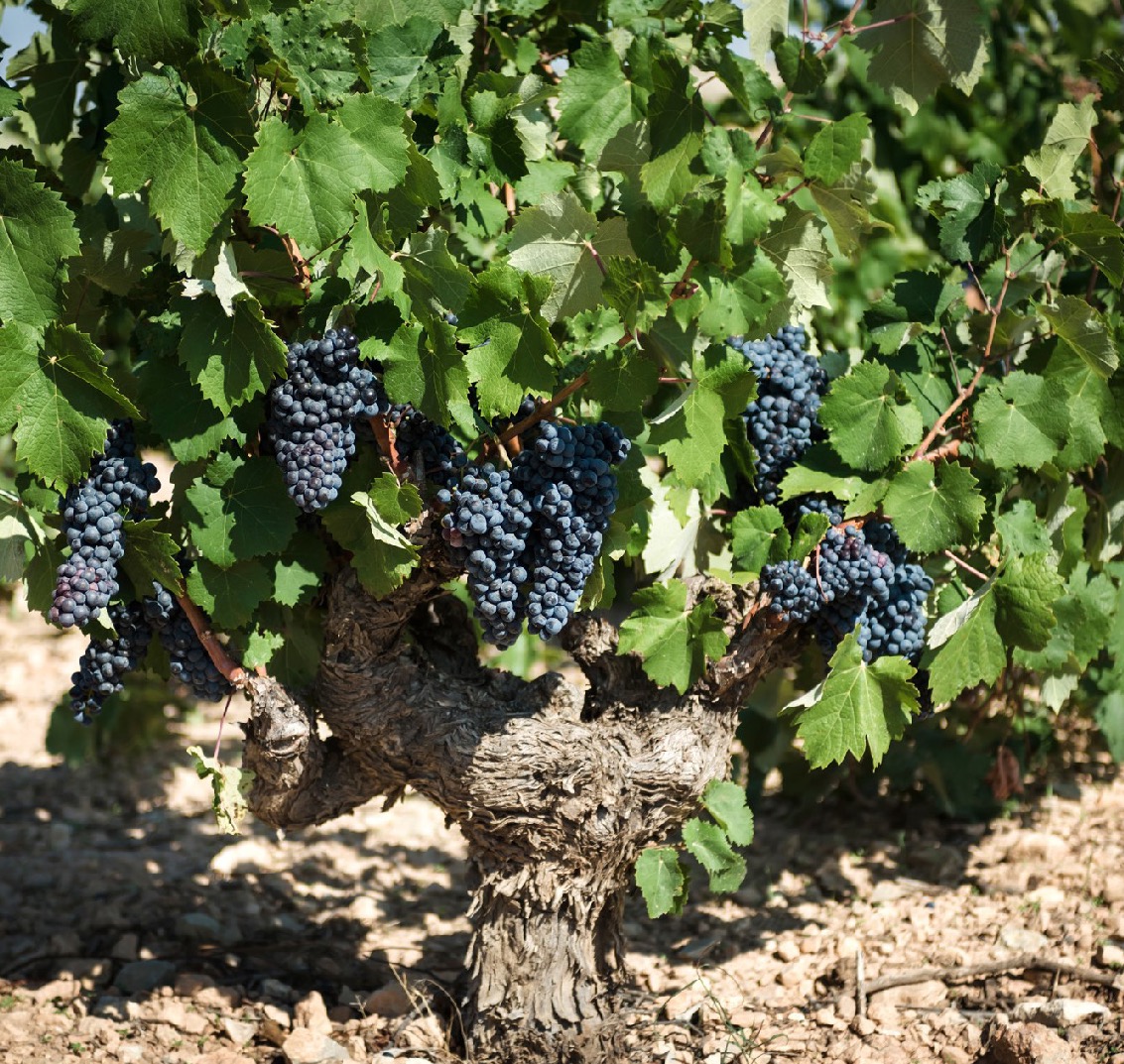This website uses cookies so that we can provide you with the best user experience possible. Cookie information is stored in your browser and performs functions such as recognising you when you return to our website and helping our team to understand which sections of the website you find most interesting and useful.
Making the case for Monastrell in the UK
Patrick Schmitt MW’s recent masterclass explored the market proposition of Monastrell from a selection of five Spanish DOs.

Most grape varieties will, under the right conditions, make great and popular wines. Whether it is a heritage variety grown in a handful of hectares globally or an international player like Chardonnay, there is likely to be a winemaker producing high quality wines with it.
That is not, however, the same as having strong market potential. A host of factors – ranging from quality to price to current trends – will affect how it performs on the market. A variety has to have some versatility to thrive.
One variety poised to take the spotlight is Monastrell. The grape has a global presence, including in major production centres in France, Australia and the USA. Under its French name, Mourvedre, the variety is a common blending partner, appearing in Grenache-Syrah-Mourvedre (GSM) blends around the world.
Its home, however, is along the Mediterranean coast of Spain. Here, rather than playing a supporting role, the grape frequently takes the lead. Indeed, it is common to see it bottled monovarietally.
Five of the area’s Denominacións de Origen (DOs) have joined together to form Monastrell España, a group dedicated to promoting the grape’s potential when grown in this region. These are DO Alicante, DO Almansa, DO Bullas, DO Jumilla and DO Yecla.
Patrick Schmitt MW, in a recent masterclass in London, used wines from these DOs to demonstrate the grape’s appeal. So what do the Monastrell wines from the region offer today’s consumers?
A wide-ranging appeal
Several factors featured in Schmitt’s analysis of the grape, but a connecting thread proved to be its readiness for wider exposure. It is exciting precisely because it has the ingredients to make a big impact on the global wine scene. It inspired, as Schmitt admitted, his “journalist’s impulse to discover the next big thing.”
He first identified the grape’s origin as a vital selling point. The Mediterranean coast is a popular region for wines in the current market. Wines benefitting from its coastal influence and reliable climates are in vogue, with Schmitt citing the continuing popularity of Grenache/Garnacha as an example. “The story now,” he said, “is what other Mediterranean grape is trending as a variety.”

In meeting the challenge of launching a trend, Monastrell España is doing vital work. Schmitt explained how the group is not only promoting the sharing of knowledge for ever higher quality winemaking, but also, crucially, raising awareness in receptive markets.
He also made a case for the grape’s intrinsic value as a useful crop for winemakers. While many favoured varieties are causing concern as regions are affected by global warming, Schmitt highlighted that Monastrell has the potential for immense resilience: “Monastrell is so relevant: it’s a grape of the future.”
In that, he was referencing its ability to withstand more challenging climates but still make great wine. It is, for instance, both late budding and late ripening, which makes it less vulnerable to spring frosts and able to ripen to full maturity in a longer season.
It is also a grape that performs well in warmer or drier conditions, in which many other varieties could struggle. Monastrell can still create fresh, balanced, ripe wines across a range of yearly weather patterns. For growers worried about their regions’ climates changing, that would be an immense boon.
The value of Spanish Monastrell
However, alongside these more global factors in the market, Schmitt was keen to emphasise the unique contribution that these DOs make to the wine industry. Although they are notable for the concentration of Monastrell in those regions, they are also notable for quality.
Part of that is historical. Schmitt praised the regions for the preservation of older vineyards – what he referred to as “relic vines”. The five DOs have remarkable reserves of decades-old vines which add concentration, elegance and complexity to the wines.
He also noted the terroir that can aid in high-quality production. Many grape varieties are associated with specific soil types (Chardonnay and limestone, for instance). In this part of the world, the five DOs make a case for Monastrell in limestone and clay rich soils. The diverse micronutrients and access, when necessary, to water reserves in the soil make an ideal match of grape and terroir.

Again, aided by the climate, he highlighted another benefit for the wines: organic viticulture. In this part of Spain, there is a large amount of organic production, meeting an increasingly common consumer preference.
With such advantages, it was fitting that Schmitt concluded the masterclass with a tasting tour of the denominations. He highlighted the common thread that bind them together: ripe, enticing aromas; rich and complex structure; and naturally high acidity he cited as “one of the reasons why it’s such an exciting wine.”
However, he also emphasised the sheer versatility on show. He referred both to fine wines receiving 100 points from admired critics and everyday bottles that are bestsellers in UK supermarkets. He showed wines with fresh, bright characters ready for food pairing alongside rich, extracted, oaky examples that appeal to those with a taste for the bold.
Moreover, he did so across the DOs and, without ever becoming astronomical, at a range of price points.
Versatility on show
The tasting highlighted the range of varietal Monastrell labels on offer. Many of these comfortably retail below £20 in the UK. Attendees tasted Xenysel Organic 2023 from DO Jumilla, made with old ungrafted vines; Cueva del Chamán 2022, a powerful example from DO Almansa; and Fuego Lento Monastrell Secano Ext. 2020, a crianza from DO Alicante.
The varietal wines also showed Monastrell’s versatility in the premium sector, with ageworthy examples on show. Estrecho 2021 from DO Alicante, Muri Veteres 2021 from DO Jumilla and Barahonda Summum 2021 from DO Yecla demonstrated the range of concentrated, complex aromas the grape can present, especially with a couple of years of age.
However, the tasting also demonstrated versatility. It can lead blends with a large number of partner varieties. Altos de la Hoya 2022 from DO Jumilla adds in 10% of ripe Garnacha, while Señorío de Bullas 2015 from DO Bullas showed Monastrell’s ageing potential in a blend with 20% Syrah.

Two wines showed Monastrell’s harmonious union with an iconic French grape. Triga 2020 from DO Alicante has a 15% dash of Cabernet Sauvignon in the blend, while Castaño Colección 2018 from DO Yecla uses 30% Cabernet Sauvignon in its Monastrell-dominated blend.
In possibly its greatest demonstration of versatility, the tasting ended with a sweet wine made entirely from Monastrell. The audience sampled Silvano García Dulce Monastrell 2019 from DO Jumilla, a wine which demonstrated how Monastrell’s elegant structure and pronounced fruit aromas can create a sweet style.
The sheer versatility on show, combined with Monastrell’s relative lack of fame, certainly gave Schmitt cause for excitement. If he was searching for “the next big thing”, these five DOs are a great place to start. Spanish Monastrell, on this evidence, may not be under-the-radar much longer.

Related news
Spanish fine wines 'need to learn how to market our wines', producer claims
Bourgogne wine see global growth despite difficult market conditions

